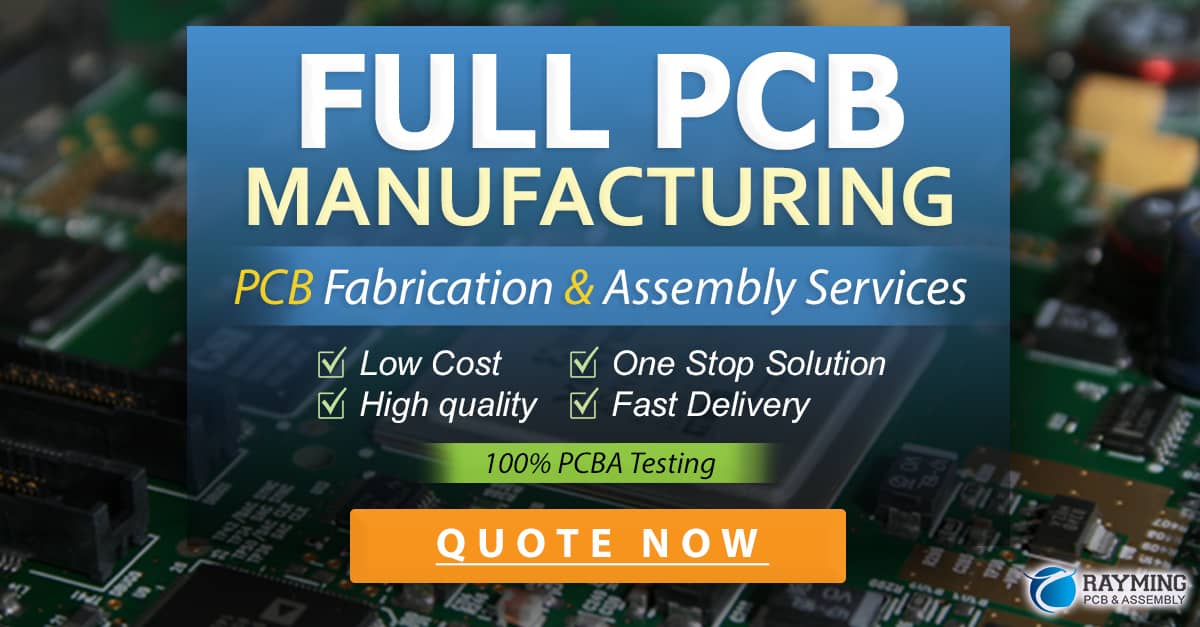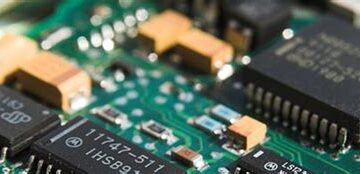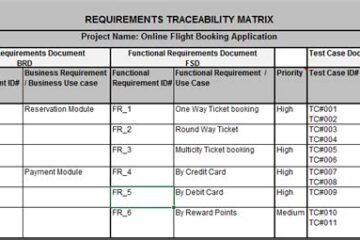What is PCB Panelization?
PCB Panelization, also known as PCB array packaging, is the process of grouping multiple printed circuit board (PCB) designs onto a single panel for production. This method is commonly used to increase manufacturing efficiency and reduce costs by allowing several PCBs to be fabricated and assembled simultaneously.
Panelization is particularly beneficial for high-volume production runs, as it minimizes handling and setup time while maximizing the utilization of materials and equipment. By arranging multiple PCBs on a single panel, manufacturers can optimize the use of the production area and streamline the fabrication and assembly processes.
Advantages of PCB Panelization
1. Cost Reduction
One of the primary advantages of PCB panelization is cost reduction. By producing multiple PCBs on a single panel, manufacturers can minimize material waste, reduce setup and handling time, and optimize equipment utilization. This leads to lower production costs per unit, especially for high-volume orders.
2. Improved Efficiency
Panelization allows for the simultaneous fabrication and assembly of multiple PCBs, which significantly improves production efficiency. This approach reduces the time required for handling individual boards and minimizes the need for frequent equipment setups, resulting in faster turnaround times and increased throughput.
3. Consistent Quality
When multiple PCBs are produced on a single panel, they are subjected to the same manufacturing conditions, such as temperature, pressure, and processing times. This consistency helps maintain uniform quality across all the boards in the panel, reducing the likelihood of variations or defects.
4. Simplified Handling and Shipping
PCB panels are easier to handle and transport compared to individual boards. They can be securely packaged and shipped without the risk of damage or misalignment. Additionally, panelized PCBs often come with tooling holes or fiducial marks that facilitate automated handling and assembly processes.
PCB Panelization Techniques
There are several techniques used for PCB panelization, each with its own advantages and considerations. The choice of technique depends on factors such as the PCB Design, material, thickness, and the specific requirements of the end application. Some common PCB panelization techniques include:
1. Tab Routing
Tab routing involves connecting individual PCBs on a panel using thin tabs or bridges. These tabs are designed to be easily broken or cut away after the fabrication and assembly processes are complete. Tab routing is a simple and cost-effective method, but it may leave behind small protrusions on the edges of the boards after depaneling.
2. V-Scoring
V-scoring is a technique where V-shaped grooves are cut along the edges of the individual PCBs on the panel. These grooves weaken the material, allowing the boards to be easily snapped apart after production. V-scoring provides clean and smooth edges but may not be suitable for thicker or more Rigid PCB materials.
3. Perforated Routing
Perforated routing involves creating a series of small, closely spaced holes along the edges of the individual PCBs on the panel. These perforations allow for easy separation of the boards after fabrication and assembly. This technique offers a balance between the ease of depaneling and the quality of the board edges.
4. Mouse Bites
Mouse bites, also known as nibble holes, are small, circular holes drilled along the edges of the individual PCBs on the panel. These holes create weak points that allow the boards to be easily broken apart after production. Mouse bites are often used in combination with tab routing or V-scoring to facilitate depaneling.

PCB Panelization Design Considerations
When designing PCBs for panelization, several factors must be considered to ensure optimal results. These considerations include:
1. Panel Size and Layout
The size and layout of the panel should be carefully planned to maximize the number of PCBs that can fit while allowing sufficient space for tooling holes, fiducial marks, and other necessary features. The panel size should also be compatible with the capabilities of the manufacturing equipment.
2. PCB Spacing and Clearance
Adequate spacing and clearance between individual PCBs on the panel are crucial to prevent interference during fabrication and assembly. The spacing should account for the panelization technique used and any additional features such as Breakaway Tabs or perforations.
3. Material Selection
The choice of PCB material is important for panelization. Some materials, such as rigid PCBs, are better suited for certain panelization techniques than others. Flexible PCBs may require different approaches to ensure proper handling and separation.
4. Depaneling Method
The selected depaneling method should be compatible with the PCB design, material, and thickness. It is essential to consider the ease of depaneling, the quality of the resulting board edges, and any potential impact on the PCB’s functionality or reliability.
5. Tooling Holes and Fiducial Marks
Tooling holes and fiducial marks are used for aligning and securing the panel during fabrication and assembly. They should be strategically placed to ensure accurate registration and facilitate automated handling processes.
PCB Panelization Guidelines
To ensure successful PCB panelization, consider the following guidelines:
- Consult with your PCB manufacturer early in the design process to discuss panelization requirements and options.
- Provide clear and detailed panelization instructions in your design files, including the desired panel size, layout, and depaneling method.
- Allow sufficient spacing and clearance between individual PCBs on the panel to prevent interference and ensure proper depaneling.
- Choose a panelization technique that is compatible with your PCB design, material, and thickness.
- Incorporate appropriate tooling holes and fiducial marks to facilitate accurate registration and automated handling.
- Consider the end application and any specific requirements related to board edge quality, reliability, or functionality.
- Test and validate the panelization design through prototyping or pilot runs before proceeding with full-scale production.
PCB Panelization vs. Individual PCBs
While PCB panelization offers several advantages, it may not always be the best approach for every project. Here’s a comparison between panelized PCBs and individual PCBs:
| Factor | Panelized PCBs | Individual PCBs |
|---|---|---|
| Cost | Lower cost per unit for high-volume production | Higher cost per unit, especially for small quantities |
| Efficiency | Faster production and assembly times | Longer production and assembly times |
| Quality | Consistent quality across all boards in the panel | Potential for variations between individual boards |
| Handling | Easier to handle and transport as a panel | More delicate and prone to damage during handling |
| Flexibility | Limited design flexibility due to panelization constraints | Greater design flexibility for unique or complex shapes |
| Prototyping | May not be cost-effective for small prototype runs | Suitable for low-volume prototyping and testing |
The decision to use panelized PCBs or individual PCBs depends on factors such as production volume, design complexity, budget, and time constraints. In general, panelization is more suitable for high-volume production runs, while individual PCBs are often preferred for prototyping, low-volume orders, or designs with unique requirements.
Frequently Asked Questions (FAQ)
1. What is the minimum spacing required between PCBs on a panel?
The minimum spacing between PCBs on a panel depends on several factors, including the PCB material, thickness, and the panelization technique used. As a general guideline, a minimum spacing of 2-3 mm is recommended to ensure proper separation and prevent interference during fabrication and assembly. However, it is always best to consult with your PCB manufacturer for specific spacing requirements.
2. Can I mix different PCB designs on the same panel?
Yes, it is possible to mix different PCB designs on the same panel, as long as they share similar specifications such as material, thickness, and copper weight. This approach, known as mixed panelization or multi-array panelization, can help optimize panel utilization and reduce production costs. However, it is essential to ensure that the different designs do not interfere with each other and that the panelization layout is carefully planned.
3. How do I choose the right depaneling method for my PCBs?
The choice of depaneling method depends on several factors, including the PCB material, thickness, design complexity, and the desired edge quality. Tab routing and V-scoring are often used for thinner PCBs and provide a balance between ease of depaneling and edge quality. Perforated routing and mouse bites are suitable for thicker or more rigid PCBs and offer better edge quality. It is recommended to discuss your specific requirements with your PCB manufacturer to determine the most appropriate depaneling method.
4. Can I panelize flexible PCBs?
Yes, flexible PCBs can be panelized, but the process requires special considerations. Flexible PCBs are more delicate and prone to deformation compared to rigid PCBs. Panelization techniques such as tab routing or perforated routing can be used, but the tabs or perforations should be carefully designed to minimize stress on the flexible material. It is essential to work closely with your PCB manufacturer to ensure proper handling and processing of flexible PCBs during panelization.
5. How does PCB panelization affect the cost of my project?
PCB panelization can significantly reduce the overall cost of your project, especially for high-volume production runs. By producing multiple PCBs on a single panel, manufacturers can optimize material usage, reduce setup and handling time, and increase production efficiency. This results in lower cost per unit compared to producing individual PCBs. However, for low-volume or prototype runs, panelization may not always be the most cost-effective option, as the setup costs and minimum order quantities may be higher. It is essential to discuss your project requirements and volumes with your PCB manufacturer to determine the most cost-effective approach.
Conclusion
PCB panelization is a powerful technique that offers numerous benefits for PCB manufacturing, including cost reduction, improved efficiency, consistent quality, and simplified handling. By grouping multiple PCBs onto a single panel, manufacturers can optimize production processes and deliver high-quality boards at lower costs.
When considering PCB panelization, it is essential to carefully plan the panel layout, spacing, and depaneling method to ensure optimal results. Collaborating closely with your PCB manufacturer and providing clear panelization instructions can help streamline the process and achieve the desired outcomes.
While panelization is particularly advantageous for high-volume production runs, it may not always be the best approach for every project. Individual PCBs may be more suitable for low-volume orders, prototyping, or designs with unique requirements.
By understanding the principles, techniques, and considerations involved in PCB panelization, you can make informed decisions and optimize your PCB manufacturing process for success.



0 Comments